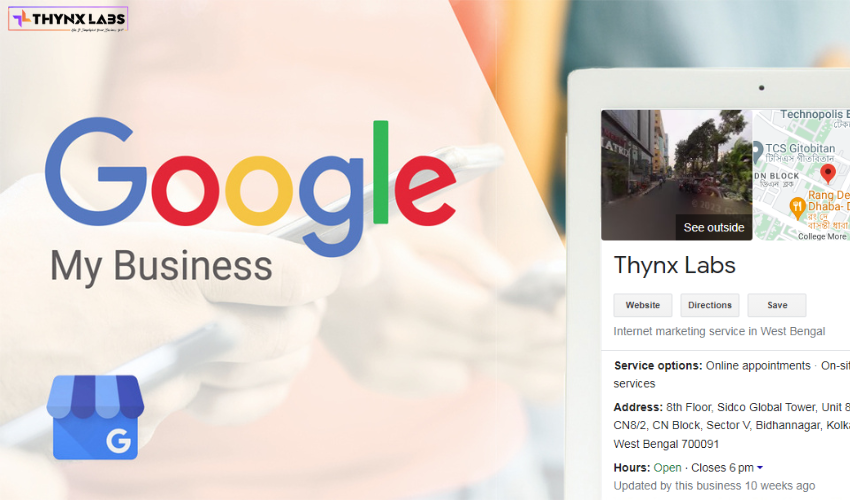Google Shopping Ads Guide – Best Practices in 2023
As the e-commerce industry continues to grow, online retailers are always looking for ways to stand out from the competition. One effective way to increase online sales is by utilizing Google Shopping Ads. These ads show images of products, prices, and merchant names at the top of Google's search results. This guide will provide some best practices for creating effective Google Shopping Ads in 2023.
- Optimize Product Data To ensure that your products appear in Google Shopping Ads, you must provide accurate and complete product data. This includes information such as product titles, descriptions, images, and pricing. Use high-quality images that showcase the product in the best possible light. Also, ensure that the product data is up to date and matches the information on your website. Any discrepancies between the two could lead to your products being disapproved.
- Use Negative Keywords Negative keywords are search terms that you don't want your ads to show up for. For example, if you sell expensive jewelry, you might want to exclude search terms like "cheap jewelry" or "costume jewelry" to avoid wasting ad spend on irrelevant clicks. By using negative keywords, you can target your ads more effectively and ensure that they only show up for relevant search queries.
- Set a Competitive Bid Google Shopping Ads work on a bidding system, where merchants bid for ad space based on the cost-per-click (CPC) for their products. To ensure that your ads show up in a competitive position, it's important to set a competitive bid. This will depend on factors such as the product's popularity, the level of competition for that product, and the profit margin on the product.
- Use High-Quality Images High-quality images can make a huge difference in the success of your Google Shopping Ads. Use clear, high-resolution images that showcase the product in the best possible light. Use multiple images if possible, showing the product from different angles. Additionally, ensure that the images comply with Google's image guidelines, which include requirements such as the use of a white background.
- Test Multiple Ad Formats Google offers different ad formats for Shopping Ads, including single product ads, showcase ads, and collection ads. Each format has its own benefits, depending on your goals and the type of products you're advertising. For example, single product ads work well for high-value items that customers are more likely to research, while showcase ads are better for showcasing a range of related products. Test different ad formats to see which works best for your products.
- Use High-Volume Keywords Keywords are the terms that trigger your ads to show up in Google's search results. To maximize the visibility of your ads, it's important to use high-volume keywords that customers are likely to search for. Use keyword research tools to identify popular search terms and incorporate them into your product data.
- Monitor Performance Regularly monitoring the performance of your Google Shopping Ads is essential to ensure that they're delivering a good return on investment (ROI). Use Google Ads reporting tools to track metrics such as click-through rates (CTR), conversion rates, and cost-per-click (CPC). Use this data to optimize your campaigns and make adjustments as necessary.
- Use Targeted Campaigns Targeted campaigns allow you to reach specific audiences based on factors such as demographics, interests, and location. By targeting your ads more effectively, you can ensure that they're reaching the right people and increase the likelihood of conversions. Use the targeting options available in Google Ads to create campaigns that are tailored to your audience.
- Optimize for Mobile Mobile devices account for a significant portion of online traffic, so it's important to ensure that your Google Shopping Ads are optimized for mobile. This includes using mobile-friendly images and ensuring that your product data is optimized for mobile devices. Additionally
FAQ’s
Q: What are Google Shopping Ads?
A: Google Shopping Ads are ads that appear at the top of Google's search results and showcase products, prices, and merchant names. They allow online retailers to promote their products to potential customers who are searching for related products on Google.
Q: How do Google Shopping Ads work?
A: Google Shopping Ads work on a bidding system, where merchants bid for ad space based on the cost-per-click (CPC) for their products. When a user searches for a related product on Google, Google uses a variety of factors to determine which ads to display. The ads that appear are based on factors such as bid amount, relevance, and quality.
Q: How do I optimize my product data for Google Shopping Ads?
A: To optimize your product data for Google Shopping Ads, ensure that your product titles, descriptions, images, and pricing are accurate and up to date. Use high-quality images that showcase the product in the best possible light, and make sure that the product data matches the information on your website.
Q: What are negative keywords?
A: Negative keywords are search terms that you don't want your ads to show up for. For example, if you sell expensive jewelry, you might want to exclude search terms like "cheap jewelry" or "costume jewelry" to avoid wasting ad spend on irrelevant clicks.
Q: How do I set a competitive bid for my Google Shopping Ads?
A: To set a competitive bid for your Google Shopping Ads, consider factors such as the product's popularity, the level of competition for that product, and the profit margin on the product. You can use Google Ads tools to estimate the bid range for your products.
Q: What are the different ad formats for Google Shopping Ads?
A: Google offers different ad formats for Shopping Ads, including single product ads, showcase ads, and collection ads. Each format has its own benefits, depending on your goals and the type of products you're advertising.
Q: How do I monitor the performance of my Google Shopping Ads?
A: To monitor the performance of your Google Shopping Ads, use Google Ads reporting tools to track metrics such as click-through rates (CTR), conversion rates, and cost-per-click (CPC). Use this data to optimize your campaigns and make adjustments as necessary.
Q: How do I target specific audiences with my Google Shopping Ads?
A: To target specific audiences with your Google Shopping Ads, use the targeting options available in Google Ads to create campaigns that are tailored to your audience. Factors such as demographics, interests, and location can be used to create targeted campaigns.
Q: Why is it important to optimize for mobile devices?
A: Mobile devices account for a significant portion of online traffic, so it's important to ensure that your Google Shopping Ads are optimized for mobile. This includes using mobile-friendly images and ensuring that your product data is optimized for mobile devices. Additionally, Google favors mobile-friendly websites and may penalize sites that aren't optimized for mobile.


